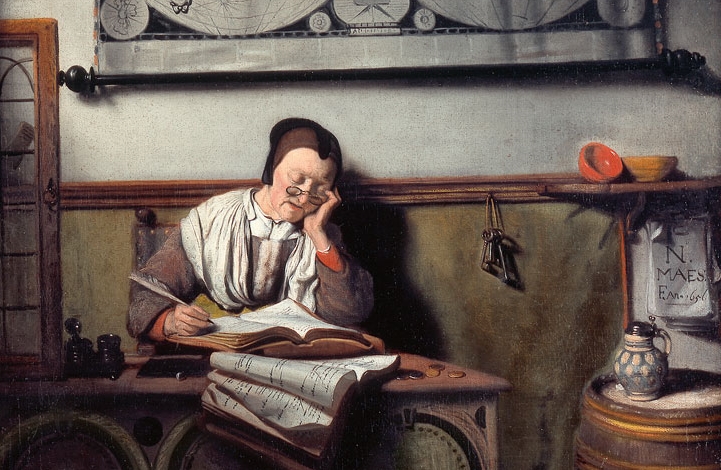In Slovakia, we have a problem with the drain of the brightest young people to foreign universities. If we want to solve this problem, we need to know the causes. And we can only know these if we understand how higher education works and what its real added value is.
The traditional perception is that at university one learns useful things, these will increase one’s human capital and this will make one more employable in the labor market. This perception may largely describe what happens in fields like medicine, IT or engineering.
However, in universities we have more than half of the students being trained in fields where the employability is not so obvious. The labor market is failing to generate attractively remunerated jobs where all graduates from the humanities, social work, philosophy, sociology, history, media studies and so on can apply their 5-year education.
For these graduates, college isn’t so much about knowledge as it is about degrees. Thus, less about human capital and more about signaling. That is, colleges serve as a selection sieve that separates people who have good predispositions to be quality employees (intelligence, industriousness, conformity) from those who don’t have those predispositions. The former tend to jump through all the flaming hoops and finish college. The latter don’t.
However, over the last 10 years, Slovak universities are beginning to fail in this signaling role as well. The reason is that they have had to widen the mesh in the selection site. Over the last decade, the proportion of young people with degrees has increased from 20% to 40%. This inflation of degrees has devalued their value. We can see it already in the numbers. 10 years ago, a person with a degree earned 60% more than a person without one. In 2020, it was only 47%.
However, this is not the only cost of diploma inflation. Smart young people will always be looking for ways to differentiate themselves in the job market. How to signal their qualities. It is common abroad for them to study for longer and obtain a master’s degree in addition to a bachelor’s degree.
This does not work here; here, everyone graduates with a second degree from the start. The second way students abroad react is to choose better quality schools with a high reputation, where weaker students do not get in.
This has not happened in Slovakia because at the same time as the proportion of young people with degrees has been rising, the absolute number of people in the 19-year-old cohort has been falling significantly. However, university capacities did not change. As a result, in 2010, the proportion of enrolments in higher education was 27% higher than the planned capacity of the schools.
In 2020, the situation has changed radically, with the number of available places being 20% higher than the number of applicants. This caused colleges to start scrambling for students. In a free education environment, the easiest way to do this is to reduce the difficulty of admission and the study itself. A decade ago, half of all prospective students were taking college entrance exams. By 2020, it was only a quarter. And that’s especially for majors like the aforementioned medicine.
So, what did the bright young people in Slovakia start doing when they needed to distinguish themselves and get a better stamp on their foreheads? They started looking abroad. And thanks to our western neighbor with a similar language and a pair of quality universities, they didn’t have to look far. Over the past decade, the proportion of students studying abroad has risen from 12.8% to 20%.
Therefore, if we want to tackle the export of quality brains abroad, we need to understand that the main cause that is not being discussed is the inflation of diplomas in Slovakia. The problem is not so much the decline in the quality of Slovak universities, but the decline in the abilities of the average university graduate in Slovakia.
In other words, the decline in the signaling value of a degree. Or to put it another way, the roots of the problem of the brain drain from Slovakia can be traced back to the EU’s commitment to increase the proportion of young people with degrees to 40%. A textbook example of unintended consequences.
What to do about it? For a start, the state should lead by example and eliminate the requirement for a university degree everywhere in the public administration wherever it can, along with linking tariff salaries to the level of education attained.
But much more can be done, such as eliminating many of the regulatory requirements for various professions that did not require a college degree and worked in the past. For example, many nursing positions in hospitals.
The article was originally published in Slovak in .tyzden



